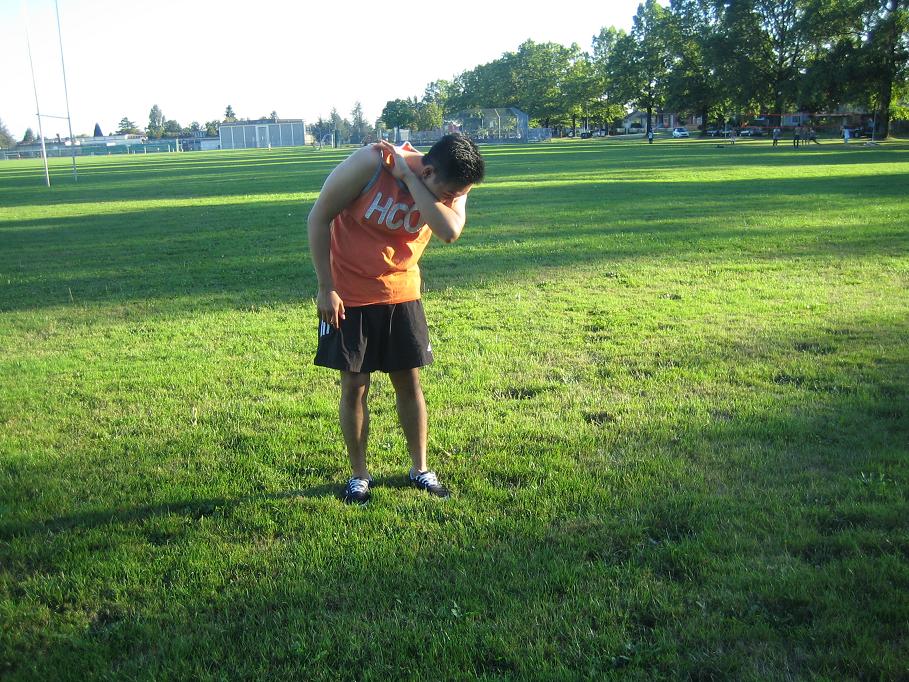Receding gums occurs when the gums pull back from the tooth surface to expose the root surfaces. It is a type of periodontal or gum disease which is serious outcome of poor oral health that can result to tooth loss.
There are various available treatment options dependent on the severity of the tissue loss. The earlier the diagnosis and treatment, the better the outcome will be.
What are the causes and risk factors?
It is important to note that periodontal disease is considered as a progressive form of gingivitis. It initially starts with the build-up of bacteria and plaque inside the gums and teeth. Over time, the plaque impairs the gums and causes them to fall back from the teeth.
Receding gums might be caused by various factors such as the following:
- Smoking
- Aggressive brushing
- Hardened build-up of plaque
- Diabetes
- Hormonal changes in women
- HIV/AIDS
There are certain medications that can cause dry mouth which increases the risk for developing receding gums. - Family history of gum disease
There are certain medications that can cause dry mouth which increases the risk for developing receding gums. If an individual has a dry mouth, it has less saliva than normal. Without enough saliva, the tissues in the mouth are susceptible to injuries and bacterial infections.
Receding gums typically occur among adults 40 years and older. Due to this, it is often mistaken as a normal indication of the aging process. In addition, men are more likely to develop receding gums than women.
What are the indications of receding gums?
- Bleeding after flossing or brushing
- Bad breath
- Reddened, swollen gums
- Gums that are evidently shrinking
- Pain at the gum line
- Tooth roots that are exposed
- Loose teeth
Management
Receding gums and other types of periodontal diseases are diagnosed by a dentist. A physical assessment can determine these issues. In some cases, a probe might be utilized to measure the gum pockets. The normal pocket sizes range between 1-3 millimeters. If the pockets are larger than this range, it is an indication of a gum disease.
If infection is present in the gums, antibiotics are usually prescribed. Other medications might also be given to deal with the underlying issue that causes the receding gums such as the following:
- Antiseptic chips
- Topical antibiotic gel
- Enzyme suppressants
- Antimicrobial mouthwash
Surgery might be utilized in severe cases of receding gums. There are generally 2 options – flap surgery and grafting.
Preventive measures
One of the ideal tools to prevent receding gums is to consult a dentist for regular cleanings and check-ups. Even if the individual does not experience any symptoms, the dentist can pinpoint the early signs of gum disease.
Gum issues can also be prevented by following proper oral health practices. While regular flossing and brushing get rids of bacteria, plaque and food particles, tartar can only be eliminated with dental cleaning. Take note that tartar can add up to the development of gum disease and receding gums. This is why cleanings at least 2 times in a year are essential in preventing any complications.


